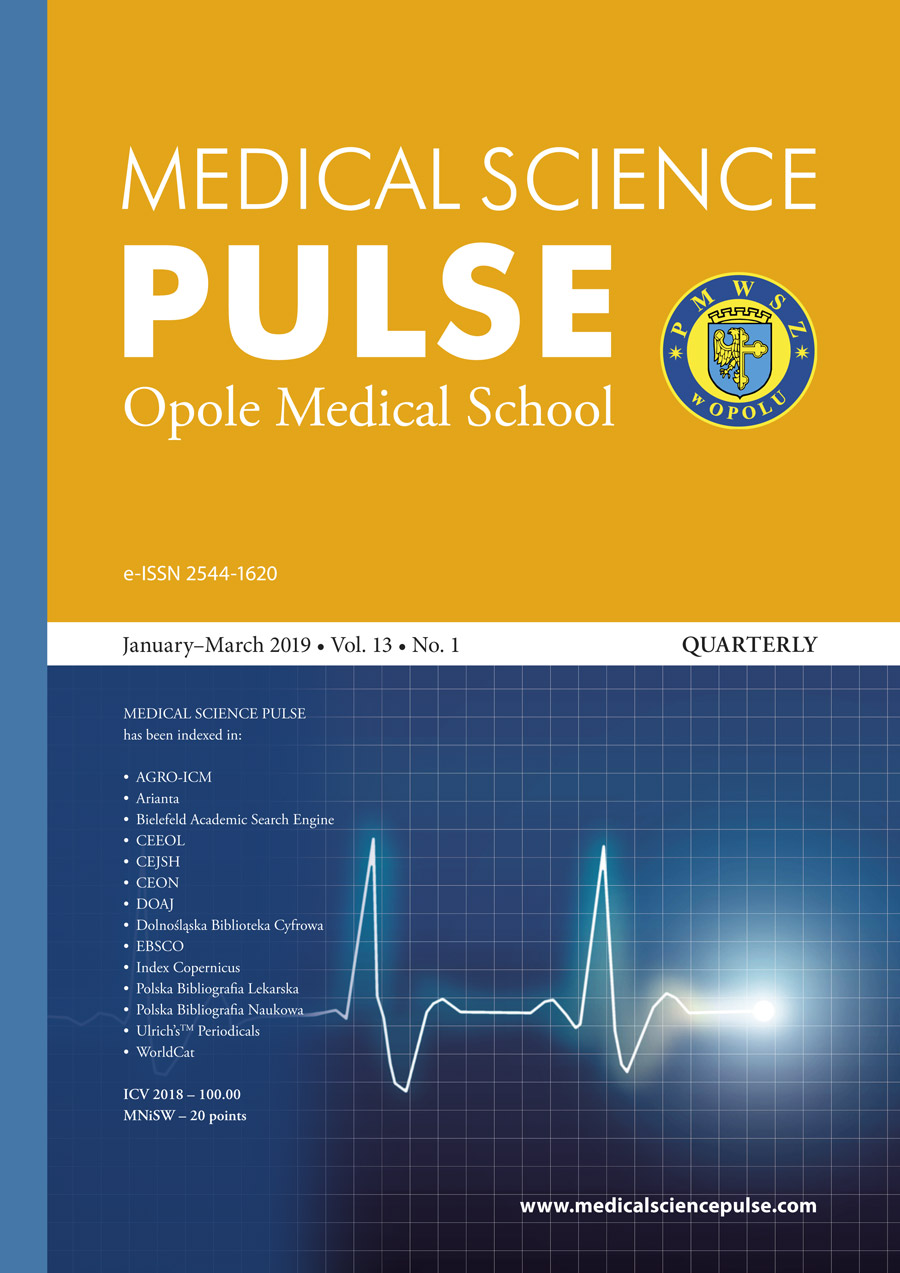Digital technologies for art therapy practices used in healthcare.
Digital technologies for art therapy practices used in healthcare.
Author(s): Gergana Avramova-Todorova, Milen TodorovSubject(s): Health and medicine and law
Published by: Państwowa Medyczna Wyższa Szkoła Zawodowa w Opolu
Keywords: digital technologies; digital healthcare; chatbot; art therapy practices; human–computer interaction
Summary/Abstract: The use of digital technologies influences practically almost all aspects of our daily life. In the field of healthcare, in particular, technology plays a very important in activities related to data collection, data storing, and data analysis. The aim of technology in healthcare is to provide a range of healthcare professionals with access to information that will help increase the cost-effectiveness of care delivery and improve the efficacy of care. Psychology counseling is an area where specific elements, such as evaluation of emotional health, could be supported by the use of appropriate technologies. Such technology could increase accessibility to this type of assistance by reducing lengthy and costly travel to specialized centers. In addition, technology may enable overburdened professionals to increase the reach of their services, and help people with physical limitations who have restricted ability to travel to receive care. So-called ‘virtual assistants’ (also known as ‘chatbots’) could help patients to identify emotional imbalance. In general, the evaluation process could include a series of questions that aim to find the emotional problem, and ultimately to propose a suitable program of art therapy. The current study aims to outline the steps needed to develop a chatbot that is capable of identifying emotional imbalance and selecting a suitable program of art therapy. We also consider the addition of virtual and augmented reality as a further possibility for improving the therapeutic process.
Journal: Medical Science Pulse
- Issue Year: 13/2019
- Issue No: 1
- Page Range: 43-47
- Page Count: 5
- Language: English

